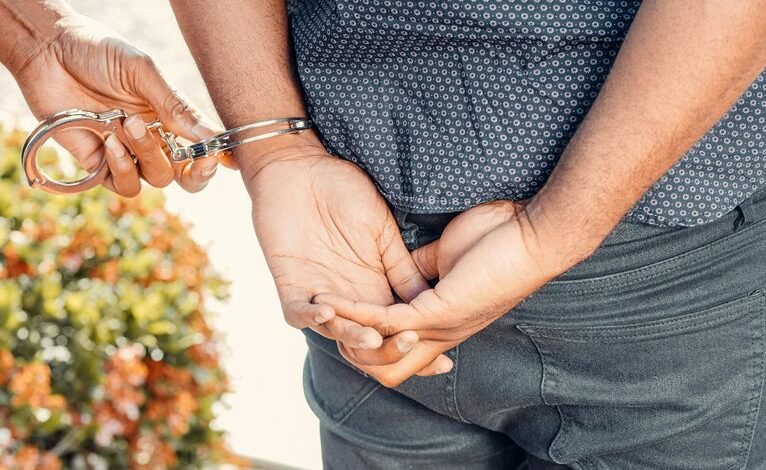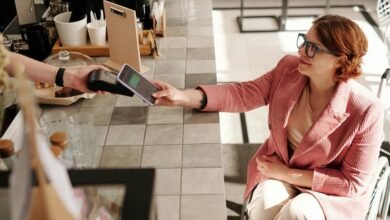Photoaconpan: O Impacto de Imagens no Âmbito Jurídico

The integration of visual evidence in legal contexts significantly influences judicial outcomes. Images can evoke strong emotional responses, shaping juror perceptions and public opinion. This phenomenon raises critical questions about the potential for bias and the ethical implications of visual representation in court. As social media continues to amplify the reach of such images, the necessity for a nuanced understanding of their impact becomes increasingly apparent. What remains crucial is the interpretation of these visuals within the judicial framework.
The Role of Visual Evidence in Courtrooms
Although the primary focus of legal proceedings often centers on verbal testimony and documentation, visual evidence plays a crucial role in shaping jury perceptions and influencing case outcomes.
Visual storytelling enhances courtroom dynamics by providing tangible context, evoking emotional responses, and clarifying complex narratives. The strategic use of images can effectively bridge gaps in understanding, ultimately guiding jurors toward informed decisions within the judicial process.
The Impact of Social Media Images on Public Perception
How do social media images shape public perception in the context of judicial matters?
Social media serves as a powerful platform where images can significantly influence public opinion regarding ongoing legal cases.
These visuals often evoke emotional responses, potentially swaying perceptions of guilt or innocence.
Consequently, the dissemination of such images can distort the public’s understanding of judicial proceedings, impacting the overall justice process.
Ethical Considerations in the Use of Photography in Legal Proceedings
The influence of images on public perception extends beyond social media, raising significant ethical considerations regarding their use in legal proceedings.
Ethical implications arise from potential biases in photographic accuracy, which may distort reality. Misinterpretation of images can lead to unjust outcomes, undermining the judicial process.
Hence, a careful assessment of how photographs are employed is essential to uphold fairness and integrity in legal contexts.
Conclusion
In conclusion, the interplay between visual evidence and the judicial process reveals a duality: images can evoke empathy or incite bias, shaping juror decisions and public sentiment. As social media accelerates the spread of these visuals, the challenge lies in balancing emotional resonance with the pursuit of justice. Thus, while images have the power to illuminate truth, they also pose ethical dilemmas that necessitate careful consideration to uphold the integrity of legal proceedings.




